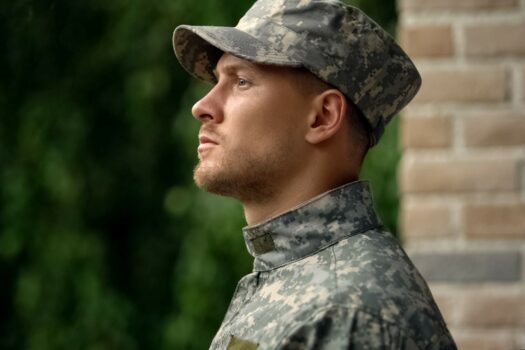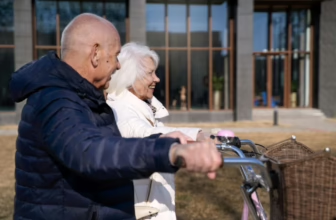Post-Traumatic Stress Disorder (PTSD) is a pervasive mental health challenge. It impacts many individuals who have experienced traumatic events, particularly war veterans.
Many who go through harrowing experiences during combat can suffer lasting psychological scars. As part of veteran treatment for alcohol abuse, for instance, it is often possible to recognize the signs of PTSD.
Here is a look at four common signs of PTSD in war veterans and some available options for seeking help.
Signs of PTSD in Combat Veterans
Flashbacks and Intrusive Memories
One of the classic hallmark symptoms of PTSD is the intrusion of distressing memories and flashbacks. These are often triggered by reminders of the traumatic event.
War veterans may vividly relive combat experiences This often causes intense emotional distress and physical reactions. These flashbacks can disrupt daily life, making it challenging for veterans to focus on routine tasks or engage in social activities.
If a veteran frequently experiences these intrusive memories, seeking professional help is of paramount importance.
Avoidance and Emotional Numbing
War veterans with PTSD may actively avoid situations, places, or people that remind them of the traumatic event. This avoidance can extend to a refusal to discuss the experience or express emotions associated with it. Emotional numbing is considered a common sign of PTSD.
Emotional numbing is categorized by veterans finding it difficult to experience joy, love, or other positive emotions. If a veteran withdraws from social interactions, avoids certain places, or exhibits persistent emotional numbness, it can be a clear indication of PTSD.
Hyperarousal and Hypervigilance
PTSD often manifests in heightened states of arousal and vigilance. War veterans may be easily startled, irritable, or have difficulty sleeping.
Hypervigilance is a state of increased alertness and awareness of potential threats. This can lead to chronic feelings of anxiety. These symptoms can severely impact a veteran's quality of life, affecting their relationships, work, and overall well-being.
Recognizing signs of hyperarousal and hypervigilance is crucial for identifying PTSD and initiating appropriate intervention.
Negative Changes in Mood and Cognition
War veterans grappling with PTSD may undergo significant changes in mood and cognition. Persistent negative thoughts, feelings of guilt or shame, and a distorted sense of blame are common cognitive symptoms.
Mood swings, feelings of detachment from others, and diminished interest in activities once enjoyed are also common traits.
If a veteran exhibits persistent negative changes in mood and cognition, it is essential to consider the possibility of PTSD and encourage seeking professional support.
Help and Support for War Veterans with PTSD
Veterans Affairs (VA) services — Many countries have specialized services within their Veterans Affairs departments dedicated to mental health support. This provides access to counseling, therapy, and other resources through these programs.
Therapeutic approaches — Evidence-based therapies such as Cognitive Behavioral Therapy (CBT), Eye Movement Desensitization and Reprocessing (EMDR), and exposure therapy have shown effectiveness in treating PTSD. It is advisable to explore these therapeutic options with qualified mental health professionals.
Support groups — Joining support groups with fellow veterans can provide a sense of community and understanding. Sharing experiences with others who have faced similar challenges can be a powerful aspect of the healing process.
Identifying the signs of PTSD in war veterans is essential for timely intervention. Encouraging veterans to seek help and fostering a supportive environment are crucial steps in ensuring their mental health and overall well-being.
Follow me down the rabbit hole!
I'm Alice and I live with a dizzying assortment of invisible disabilities, including ADHD and fibromyalgia. I write to raise awareness and end the stigma surrounding mental and chronic illnesses of all kinds.








